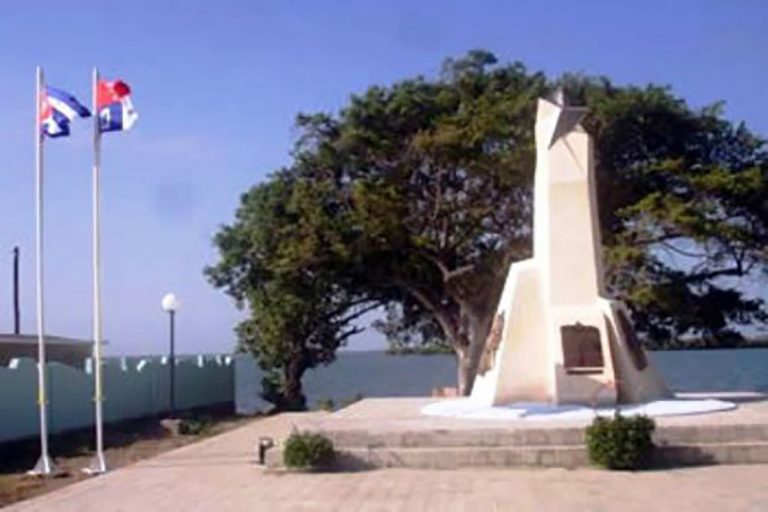After the events of March 13th, 1957, the attempt to execute Fulgencio Batista in his own place, the fall of José Antonio Echeverría and the persecution of young people by representatives of the dictatorial regime, the members of the Revolutionary Directorate could not sit back.
The idea of continuing actions in the capital came to light, with all the necessary means to create the conditions and go on a general strike with armed support and joining the struggle in the mountains.
In this way, what was approved by Echeverría before he died would be materialized, as a result of the information gathered by Faure Chomón that the ideal place would be the Escambray mountain system.
Las Villas and Camagüey were the places chosen to organizationally strengthen the Directorate, a mission accomplished given the need to put into practice the plans developed.
The request of Fructuoso Rodríguez, who was in charge of the Directorate, that Chomón leave Cuba to prepare an armed expedition, in the shortest possible time, did not wait, after the assassination of Fructuoso along with other comrades, in Humbolt 7 for a betrayal.
D-Day
On February 8th, 1958 the landing took place, without major setbacks, without losing anyone and without damaging the valuable cargo. Three vessels were involved in the expedition, which from Florida, United States, transported expedition members and weapons. These vessels were the Scapada, the San Rafael and the Yaloven.
The landing takes place finally through Camagüey, on the beach known by the name of Santa Rita, a small and humble settlement, about two kilometers away from the city of Nuevitas and within the bay of the same name. In a story published in the Granma newspaper Chomón writes: “The trust that José Antonio and Fructuoso had in me and the unity of my comrades, gave me the necessary authority to fulfill the mission that was entrusted to me and that subsequently allowed me to continue it as head of the organization.”
Translated by: Aileen Álvarez García






